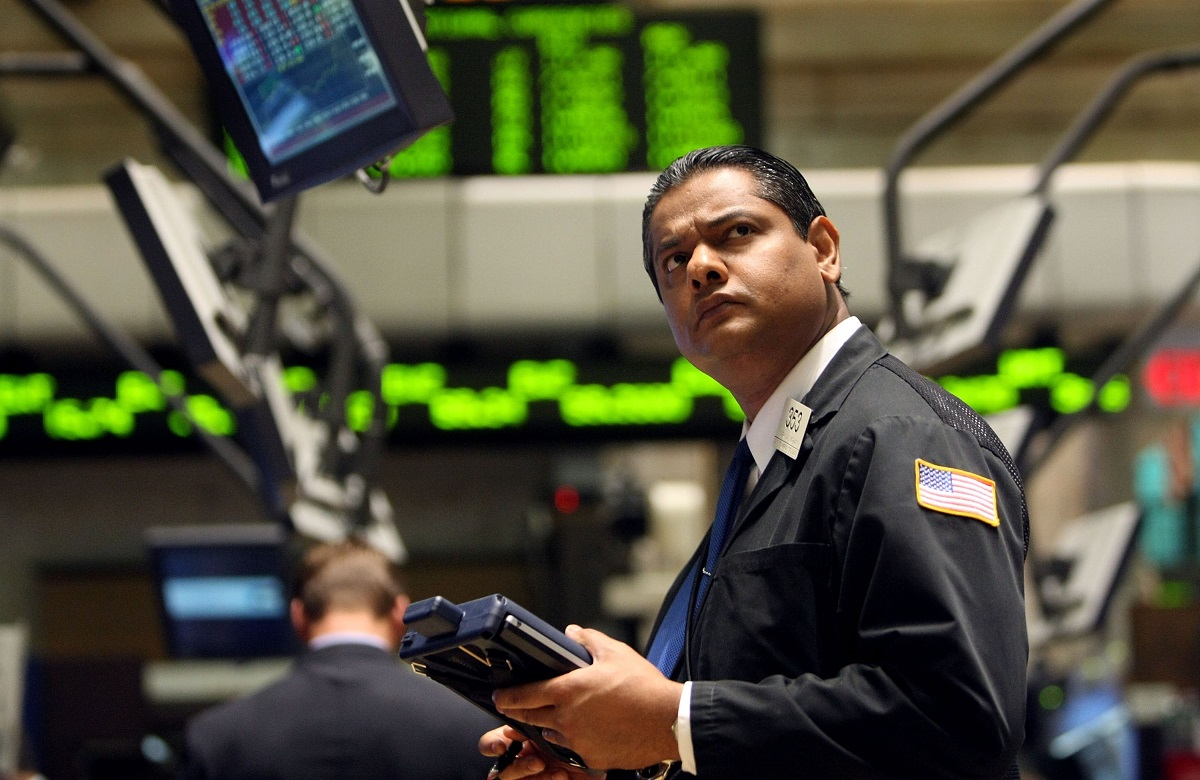
The S&P 500 (^GSPC +0.88%) includes the stocks that make up the vast majority of the market capitalization of the entire U.S. stock market. Yet for years, the Russell 2000 (RUSSELLINDICES: ^RUT) has outperformed the S&P 500, as investors are drawn by the greater growth potential in up-and-coming players seeking their fortunes against larger competitors. Now, though, it appears that the trend favoring small caps could be reversing itself, making the S&P 500 once again look like the safer and more rewarding play. Let's take a look at what's happening with small-caps and whether it's time to look more closely at the bigger stocks in the S&P 500.
How bigger got better
Over the past two months, you can see quite clearly how small-cap stocks have fallen out of favor. Just take a look at the performance of the SPDR S&P 500 ETF (SPY +0.84%) and the iShares Russell 2000 ETF (IWM +0.84%):
Small-cap stock data by YCharts.
The SPDR S&P 500 ETF has been roughly flat over that time period, but the iShares Russell 2000 ETF has almost lost enough to make an official 10% correction. What's going on?
Many investors believe that the underperformance of small-caps is an ominous sign for the market as a whole. Just as individual high-flying momentum stocks have suffered especially hard in the recent pullback, so too has the long outperformance of small-cap indexes in general given investors an excuse to rebalance and sell off some of their exposure to smaller companies in favor of their larger counterparts.

Indeed, those fears have gotten confirmation from at least one prominent official. Fed Chair Janet Yellen told Congress earlier this week that she saw some signs that small-cap stocks could be overvalued, explaining some of the risks that are present even in the recovering U.S. economy. Moreover, when you look at current earnings multiples on the Russell 2000 compared to the S&P 500, the difference is striking: according to the latest figures from Barron's, the Russell's trailing P/E is nearly 100, while the S&P rests at 18. Multiples based on forward estimates are less extreme, but at more than 18 versus less than 16 for the S&P, even the recent pullback hasn't taken away all of small-caps' premium.
Is growth still there?
Large-caps tend to do better than small-caps when growth comes into question. There's no doubt that small-caps can produce better growth than large-caps, especially in favorable economic conditions that foster business development. But when the economy gets rougher, small-caps can act as a canary in a coal mine, falling first even as large-caps can continue to power forward.
After a long though admittedly sluggish economic recovery from the recession and financial crisis six years ago, the U.S. economy took a pause over the winter months. Few expect that to be more than a one-time event, but if economic growth does slow -- as we've seen in other nations across the globe -- then small-cap stocks could take the brunt of the damage. That would make the S&P 500 look like an attractive alternative for investors for the first time in a long while.









